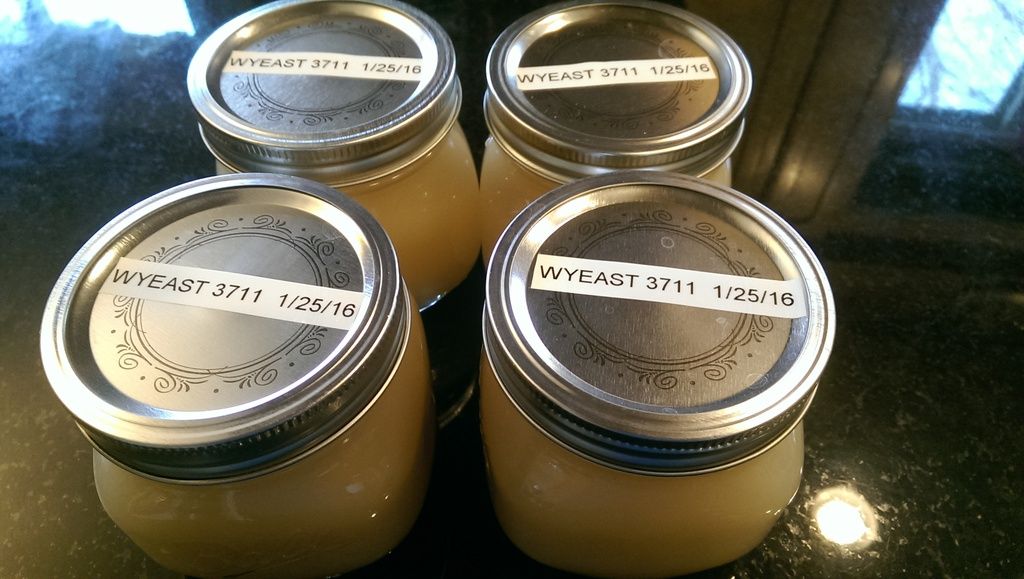"Then when it's time to make a starter, you just pull one out, let it warm to room temp, and decant most of the liquid out of the jar, give the rest a good shake, and pitch it into your starter.."
Please, quote like this, so others can see who you're quoting and where you're quoting from, for reference:
In this case, post #3, almost 11 years ago, in a 2544 post thread.
Yes, you only want to keep a small amount of that beer that's on top, behind. About 1/3-1/2 of the height of the cake on the bottom. Enough to swirl or stir it up into a pourable slurry, with a consistency of V8 juice. If it's still too thick you can add some boiled and cooled water, or scoop it out as is and add to your wort. Then give it a good stir to suspend.
If you have a quart jar full of yeast and trub mix, you need to make an educated guess of how much yeast is in there. There are plenty of resources that point you in the right direction, and use a calculator like Mr. Malty. IOW, you don't need or even want to pour a quart of yeast cake into a 5 gallon batch.























![Craft A Brew - Safale BE-256 Yeast - Fermentis - Belgian Ale Dry Yeast - For Belgian & Strong Ales - Ingredients for Home Brewing - Beer Making Supplies - [3 Pack]](https://m.media-amazon.com/images/I/51bcKEwQmWL._SL500_.jpg)



































 I decanted off nearly all the liquid and pitched it just to see what happens. The question is, what's the likelihood this will take off, and will this cause any off-flavors in my brew this weekend? Cheers!
I decanted off nearly all the liquid and pitched it just to see what happens. The question is, what's the likelihood this will take off, and will this cause any off-flavors in my brew this weekend? Cheers! 
